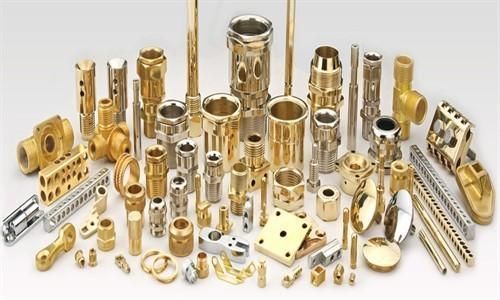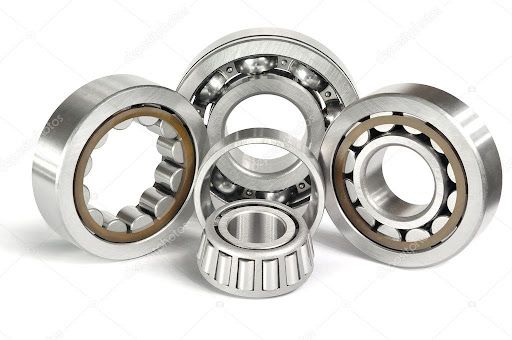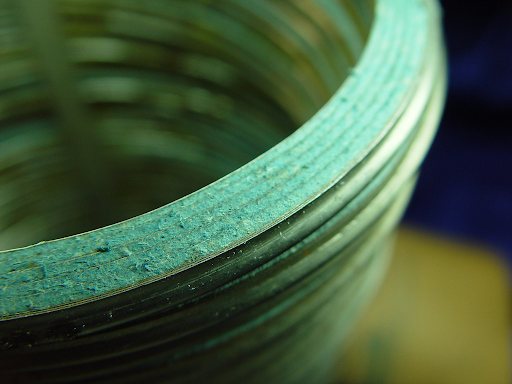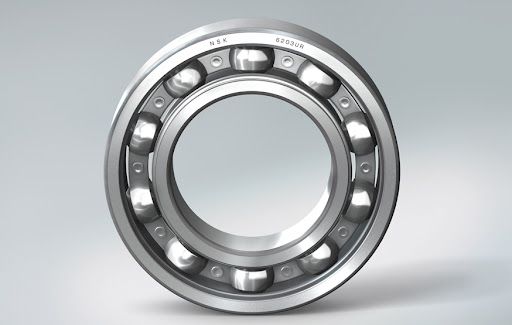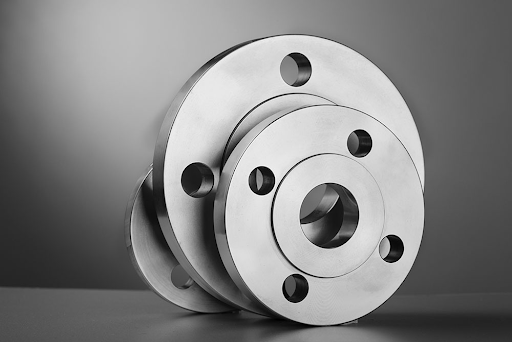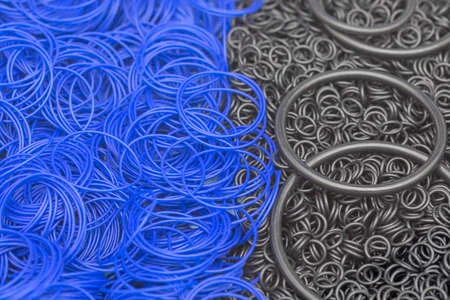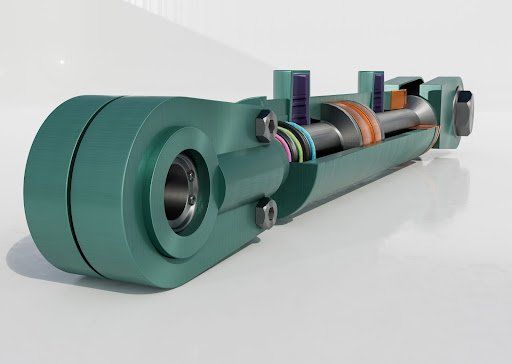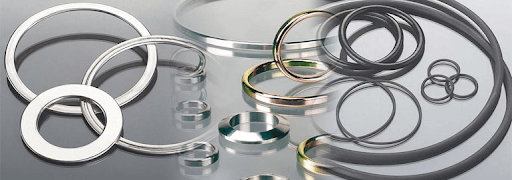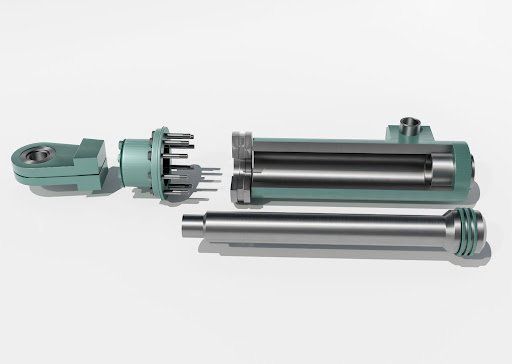Flange Bearings – What You Need To Know
Flange Bearings – What You Need To Know
Flange bearings, also known as flange mounted bearings or flange units, are used to mount ball bearings to a perpendicular surface. The term ‘flange’ refers to a projecting flat rim, collar, or rib on an object, serving for strengthening or attachment or for maintaining position on a rail.
With flange bearings, the sealed bearing is contained inside a preassembled flanged housing, allowing the inner ring to rotate freely within a robust and stable environment.
There are many different types of flange bearings, all engineered for a specific application and all with different designs and cages, as well as load and performance capabilities. All flange bearings, however, are designed to be highly robust and resistant to water or contaminants. This makes them ideal for supporting heavy loads such as additional mounted apparatuses with rotary or linear motion.
Flange bearings are also much easier to replace compared to press-fit rotary bearings, as the housing can be unbolted and removed.
The housing, a precision-ground surface perpendicular to the bearing axis, comes with either two, three, or four mounting holes, and can be diamond-shaped, triangular or square. With so many different variations, it’s understandable that flange bearings are made from a wide selection of materials.
The most common are cast iron, lightweight die-cast zinc, pressed steel, plastic, nylon, PTFE (polytetrafluoroethylene), acetal polymers and stainless steel. Each unit is fitted with a spring-lid oil cap as well as rubber grommets to reduce noise and vibration.
Flange bearings are used in several different industries but are commonly seen in lighter-duty applications such as automated conveyors, belt drives, machine construction, food industry, medical processing, and some agricultural machines. Their ability to handle heavy loads and resistance to water and chemicals, makes them ideal for food industry processes, despite their limited temperature ranges.
Flange bearings are durable and versatile units that can be beneficial for many different applications. If you’re in the market, make sure you choose the correct bearing type for your particular application, to avoid unnecessary wear and tear.
Bearing Centre stocks an extensive range of bearings and housings from some of the most reliable and most prominent bearing suppliers in the world. Contact us today if you need expert advice on choosing the correct bearing to suit your application.
We combine our years of expertise with exceptional customer service and the highest quality products. All this assures you of the best experience from start to finish.
Bearing Centre, Blantyre, Southern Region, Malawi, Africa - 312200
Website by Visionar
Subscribe to our newsletter
We will get back to you as soon as possible
Please try again later

